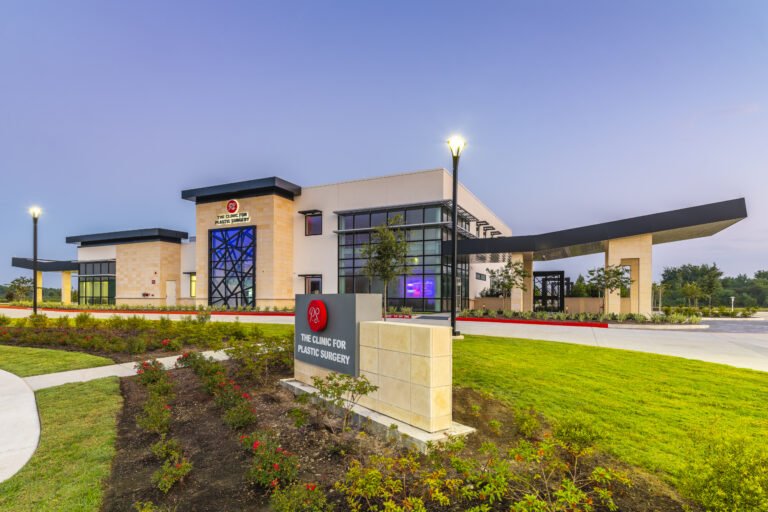Hair loss remains one of the most common aesthetic and medical concerns for men worldwide. Fortunately, 2025 offers more advanced non-surgical hair loss therapies than ever before—many backed by strong clinical research and real-world results. These treatments are ideal for men who are looking to slow hair loss, stimulate regrowth, or preserve existing hair without undergoing invasive surgery.
In this guide, we’ll explore the best non-surgical hair loss treatments for men in 2025, how they work, their benefits, and what to expect.
✅ 1. Topical Minoxidil (Rogaine) – Now Enhanced with Nanotechnology
What It Is:
Minoxidil is a long-standing FDA-approved topical solution that stimulates blood flow to hair follicles and prolongs the growth (anagen) phase of hair.
What’s New in 2025:
Formulations with nanotechnology improve scalp absorption and reduce skin irritation, increasing efficacy and convenience.
Pros:
- Clinically proven
- Easy to apply
- Now comes in fast-drying, non-greasy formulas
Cons:
- Requires consistent daily use
- Regrowth stops if treatment is discontinued
Best For:
Men with early to moderate thinning at the crown or receding hairline.
✅ 2. Oral Finasteride (Propecia) & Dutasteride – Now with Micro-Dosing Options
What It Is:
These DHT blockers inhibit the hormone that shrinks hair follicles and causes male pattern baldness.
2025 Innovations:
Low-dose and micro-dosing finasteride regimens now minimize side effects (like sexual dysfunction) while maintaining effectiveness.
Pros:
- Strong scientific support
- Slows or stops progression of hair loss
Cons:
- Potential for side effects
- Requires prescription
Best For:
Men with genetic (androgenetic) hair loss, particularly in the earlier stages.
✅ 3. Low-Level Laser Therapy (LLLT) – At-Home & In-Clinic Devices
What It Is:
LLLT uses red light to stimulate cellular activity in hair follicles, increase blood flow, and encourage regrowth.
2025 Advancements:
Newer devices include AI-guided headbands, caps, and helmets that optimize laser intensity and treatment duration for individual users.
Pros:
- Non-invasive, painless
- Safe for long-term use
- FDA-cleared for home use
Cons:
- Results take 3–6 months
- Requires consistent use
Best For:
Men with mild to moderate hair loss seeking a convenient, drug-free option.
✅ 4. Platelet-Rich Plasma (PRP) Therapy – Combined with Growth Factors
What It Is:
A regenerative treatment that uses your own blood’s platelets, rich in growth factors, to stimulate hair follicles when injected into the scalp.
What’s New in 2025:
Combination therapies with exogenous growth factors, peptides, or exosomes dramatically improve outcomes.
Pros:
- Natural and safe
- No downtime
- Boosts hair thickness and density
Cons:
- Requires multiple sessions
- Cost varies by provider
Best For:
Men in early to mid stages of hair loss or those looking to boost results of other treatments.
✅ 5. Exosome Therapy – The New Frontier in Regenerative Hair Medicine
What It Is:
Exosomes are cell-derived vesicles that carry powerful growth signals to damaged or dormant hair follicles.
2025 Update:
Exosome therapy is gaining traction as a non-surgical alternative to hair transplants, offering rapid regrowth in clinical trials.
Pros:
- Promising early results
- No surgery or downtime
- May improve scalp health and follicle repair
Cons:
- Still under investigation by some regulatory bodies
- Expensive and not yet widely available
Best For:
Men seeking cutting-edge, high-potential therapies without surgery.
✅ 6. Microneedling with Hair Growth Serums
What It Is:
Controlled micro-injuries stimulate collagen and boost absorption of topical treatments (like minoxidil, peptides, or stem cell serums).
2025 Innovations:
Devices with AI-controlled depth sensors ensure precision and safety, and can now be used at home.
Pros:
- Enhances effectiveness of topicals
- Affordable and accessible
- Safe for all hair types
Cons:
- Can cause temporary redness or sensitivity
- Requires proper technique
Best For:
Men combining treatments or looking to enhance results from topical therapies.
✅ 7. Stem Cell-Based Scalp Serums
What It Is:
Plant-derived or lab-grown stem cell factors are infused into topical solutions to boost follicle health and regeneration.
What’s New:
2025 formulas now include bio-identical growth factors, peptides, and anti-inflammatory agents tailored for male scalp physiology.
Pros:
- Non-invasive
- Easy to apply
- Improves scalp environment
Cons:
- Still emerging in research
- Works best when paired with other treatments
Best For:
Men with thinning hair or scalp inflammation looking to restore a healthy foundation.
✅ 8. Hair Nutraceuticals – Evidence-Based Supplements
What It Is:
These are supplements that support hair health through internal nourishment.
Top Ingredients in 2025:
- Saw palmetto (natural DHT blocker)
- Biotin & collagen peptides
- Marine protein complexes
- Vitamin D3, Zinc, and Iron
Pros:
- Improves hair strength and growth
- Supports overall health
Cons:
- Works best as a supplement, not standalone
- Takes time to show visible results
Best For:
Men experiencing diffuse thinning or those combining internal and external care.
Final Thoughts: Which Therapy Is Right for You?
The best non-surgical hair loss treatment for men in 2025 depends on your:
- Type and stage of hair loss
- Goals (prevention vs. regrowth)
- Budget and lifestyle
- Willingness to stay consistent
For most men, a combination approach (e.g., minoxidil + PRP + LLLT) offers the most effective results.
👨⚕️ When to See a Specialist
Early intervention is key. If you’re noticing signs of thinning or excessive shedding, consult a board-certified dermatologist or hair restoration expert. A professional evaluation will help you:
- Identify the cause of your hair loss
- Create a customized, non-surgical treatment plan
- Monitor progress and adjust therapy as needed



